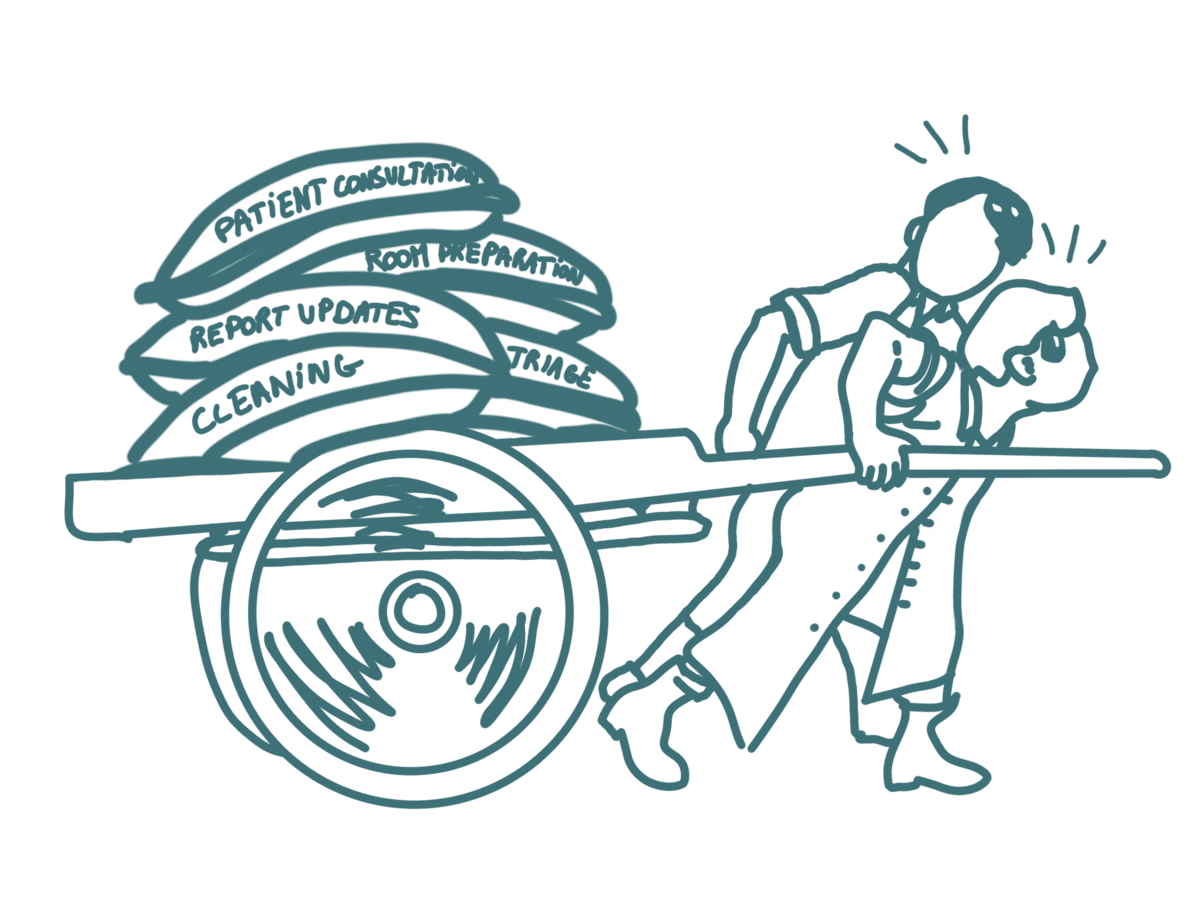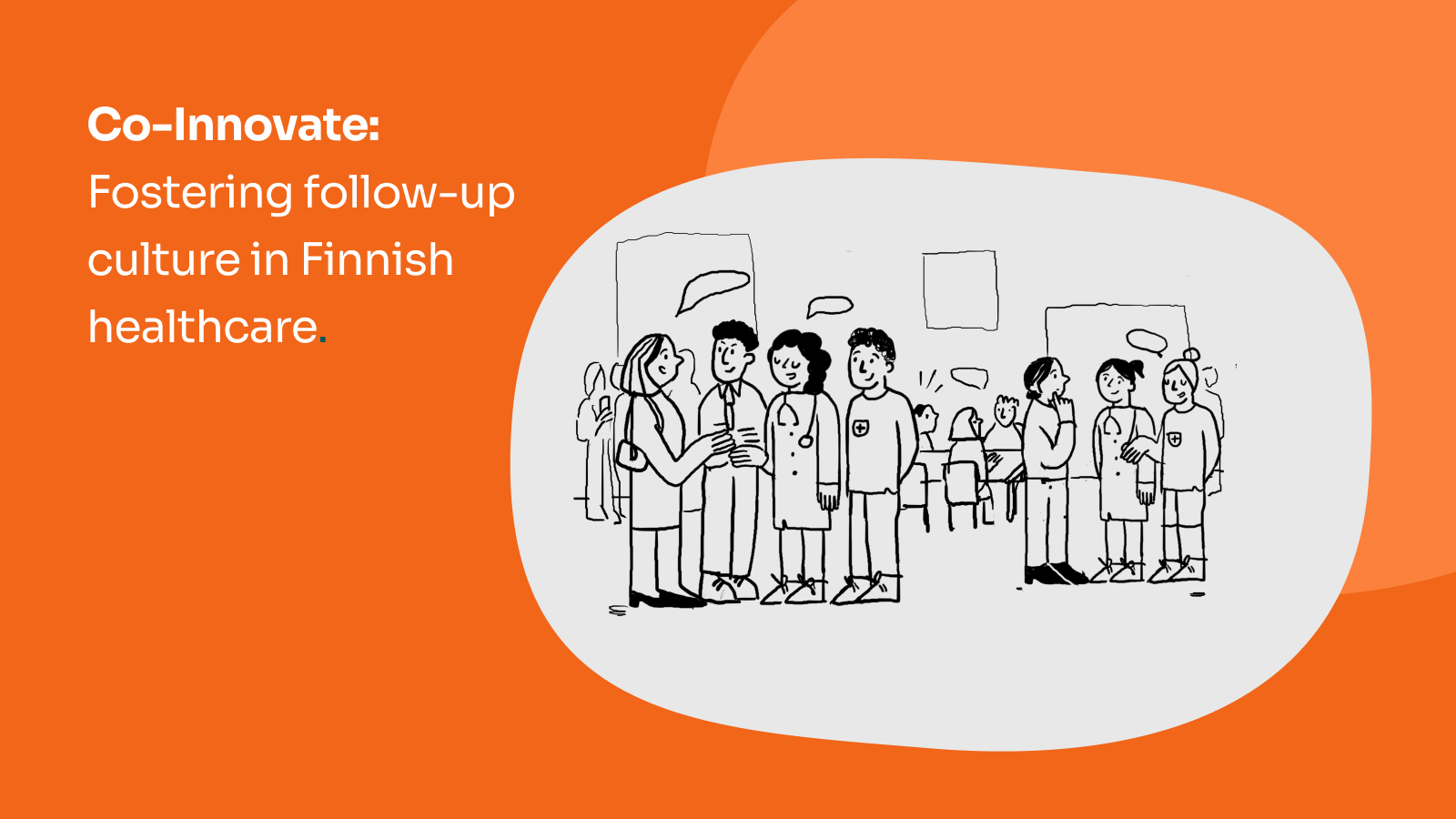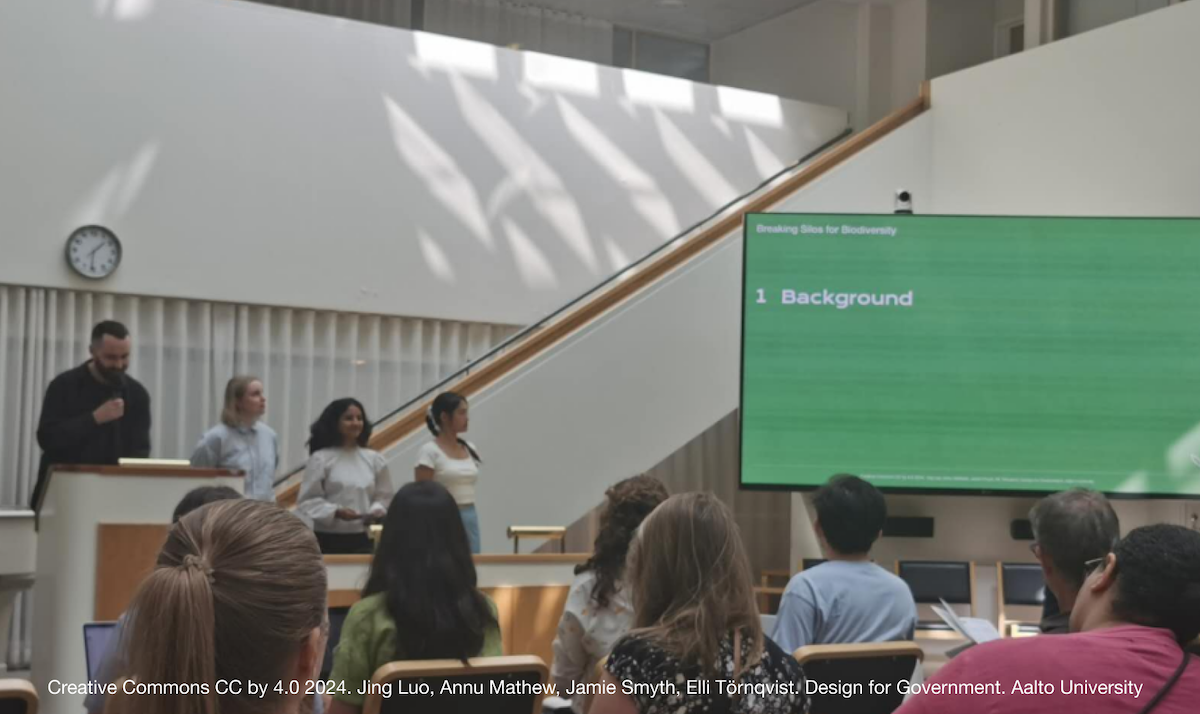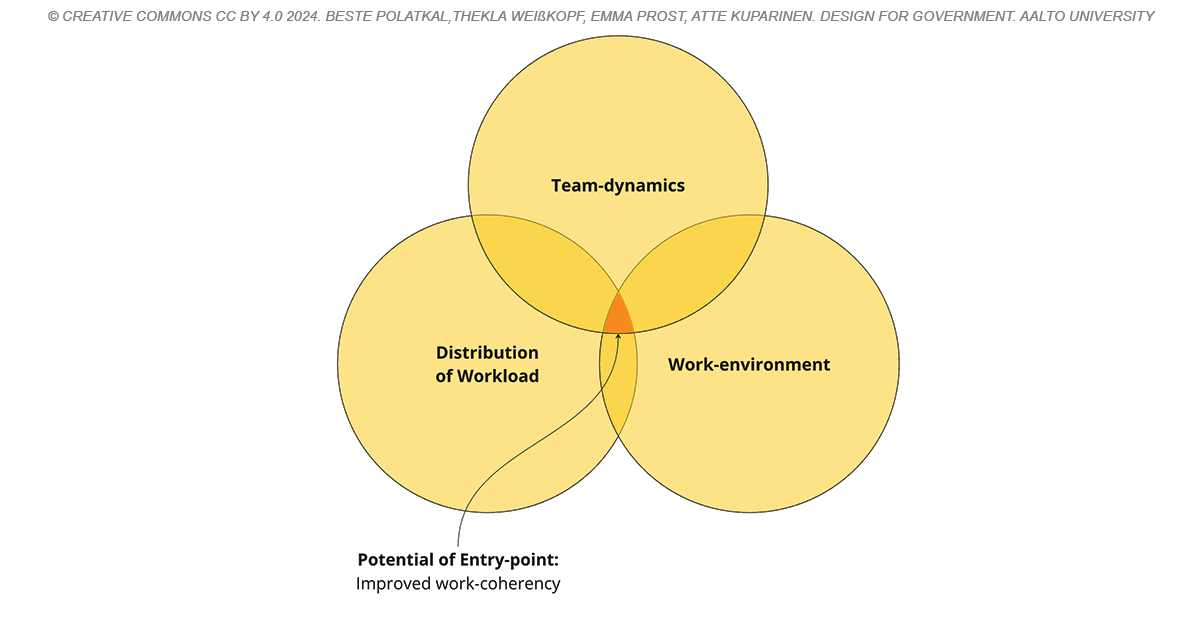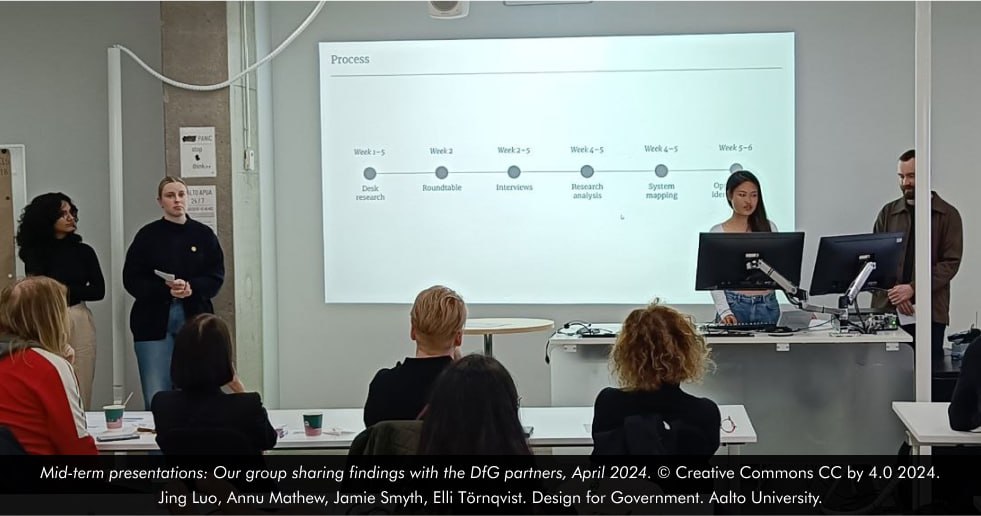BIO Links via Agents of Change
This blog provides a thumbnail of our final proposal. From this blog you are able to have a glimpse through our proposed four-step process toward a network of change agents. Also, some behind-the-scenes insights could be discovered here.


